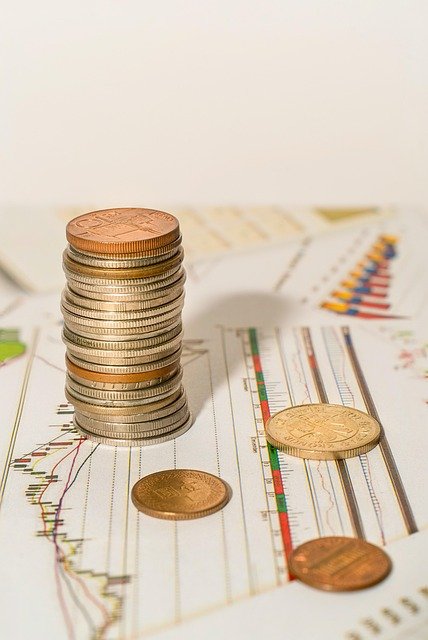The Fascinating World of Rare Coins: A Collector's Guide
Rare coins hold a special place in the hearts of collectors and history enthusiasts alike. These small pieces of metal carry with them stories of civilizations past, economic shifts, and cultural significance. Whether you're a seasoned numismatist or a curious newcomer, the world of rare coins offers a unique blend of history, art, and investment potential. Let's explore the captivating realm of rare coin collecting and discover why these tiny treasures continue to fascinate people around the globe.

How does currency history impact coin value?
The history of currency plays a crucial role in determining a coin’s value. Coins minted during pivotal historical periods, such as wars, revolutions, or economic crises, often carry additional significance. For example, coins produced during the American Civil War or the fall of empires can be highly sought after by collectors. Moreover, coins that represent significant changes in a country’s monetary system, such as the transition from one currency to another, can also be valuable. Understanding the historical context of a coin can provide insights into its rarity and potential worth.
What are some of the most valuable rare coins?
Some rare coins have achieved legendary status among collectors due to their extreme rarity and historical importance. The 1933 Double Eagle, a $20 gold coin that was never officially circulated, is one of the most famous examples. Only a handful of these coins are known to exist, and one sold for over $7 million in 2002. Another highly valuable coin is the 1794 Flowing Hair Silver Dollar, believed to be the first silver dollar struck by the United States Mint. In 2013, one of these coins sold for over $10 million at auction. While these examples represent the pinnacle of rare coin values, many other coins command impressive prices in the collector’s market.
How can one start a coin collection?
Starting a coin collection can be an exciting and rewarding hobby. Begin by educating yourself about different types of coins, their histories, and grading systems. Many collectors start with coins from their own country or a specific historical period that interests them. As you learn more, you can expand your collection to include coins from different eras or regions. It’s important to purchase coins from reputable dealers or auction houses to ensure authenticity. Join local coin clubs or online forums to connect with other collectors and gain valuable insights. Remember that collecting rare coins requires patience, research, and a willingness to learn continuously.
What factors affect the value of a rare coin?
The value of a rare coin is influenced by several key factors. Rarity is paramount – the fewer examples of a particular coin that exist, the higher its potential value. Condition is also crucial, with coins in pristine condition commanding premium prices. The historical significance of a coin can greatly impact its value, especially if it’s associated with important events or figures. Market demand plays a role as well, with popular coins often fetching higher prices. Additionally, the metal content of a coin, particularly for gold and silver coins, can affect its base value. Authenticity is critical, as counterfeit coins can be a significant issue in the rare coin market.
How are rare coins graded and authenticated?
Rare coins are graded and authenticated by professional numismatic organizations to ensure their value and legitimacy. The most widely recognized grading system in the United States is the Sheldon Scale, which rates coins on a scale from 1 (poor) to 70 (perfect uncirculated). Professional grading services, such as the Professional Coin Grading Service (PCGS) and the Numismatic Guaranty Corporation (NGC), evaluate coins based on factors like wear, luster, strike, and overall eye appeal. These organizations encapsulate graded coins in tamper-evident holders with certification numbers, providing collectors with assurance of a coin’s condition and authenticity.
Rare coins offer a unique intersection of history, artistry, and investment potential. Whether you’re drawn to the historical significance of ancient coins or the potential value of modern rarities, coin collecting can be a fulfilling and educational pursuit. As with any collectible market, it’s essential to approach rare coins with knowledge, caution, and a genuine passion for the subject. By understanding the factors that contribute to a coin’s rarity and value, collectors can make informed decisions and potentially build a collection that stands the test of time.






